On December 7th, 1941, the Japanese air force attacked the US Pacific Fleet at Pearl Harbor in Hawaii, and the United States entered the Second World War. The US Navy needed a refueling depot between Australia (the last bastion of resistance to the Japanese offensive), and the Panama canal. The strategic position of Bora Bora, the deep water bay at Faanui and the fact that it had only one easy to control pass, made it the ideal candidate. So in 1942, the Americans launched Operation Bobcat, and 3,500 US military personnel arrived in Bora Bora.
Canons that can still be seen today were positioned at strategic points to defend the island from an eventual Japanese attack, and the enormous logistic task of installing the base began. Roads and a quay had to be built, a fuel depot installed and an airstrip constructed on one of the motu. (The airstrip remained the only international airport in French Polynesia until 1963.) Bora Bora was a tranquil little South Sea island of 1,200 souls at that time, and suddenly 3,500 military personnel arrived with Admiral Tuner’s fleet of destroyers, cruisers, cargo ships and transport vessels. The base remained in Bora Bora until June 1946. A total of 1,000 ships were refueled at the military base on the “Pearl of the Pacific.” Today, vestiges of the American presence, including the canons, can still be see at various sites around the island.
On the trail of Operation Bobcat
Visitors to Bora Bora can visit the vestiges of the American military presence, codenamed Operation Bobcat, on a hiking trail. Setting off from the village of Faanui, a short, easy walk of about 2 kilometers leads to a fascinating scenic viewpoint. Afterwards, the trail continues along a ridge, where two American canons from the Second World War are positioned. They were turned towards the Pacific Ocean to defend against any Japanese ship attempting to attack the island.



The American presence in Bora Bora inevitably had an enormous influence on the local population. The entire face of the island was changed, with impressive new infrastructures, including an airport and a quay. Fortunately, the anticipated Japanese attack never materialized, so the canons never had to be fired in anger. However, their incongruous presence on this beautiful South Sea paradise is a reminder that nowhere is completely safe from tyranny. Remember, when you go hiking in Bora Bora, as with everywhere in The Islands of Tahiti, set off early to avoid the hottest part of the day, wear some kind of headwear and take plenty of water with you.
After the effort…
When you get back from the hike on the traces of Operation Bobcat, you might feel like a little ‘Rest and Recuperation’ as the US military would put it. Fortunately, you have the choice in Bora Bora. Of course, their are endless beaches, if you want to relax and go for a swim in the turquoise lagoon. But perhaps a traditional massage in a hotel spa might do you even more good.

By evening, you’ll probably be feeling a little peckish, or even downright starving. Why not have dinner in a restaurant which has on a show of traditional dancing? Or you could go to one of the top ten restaurants featured in our guide. After dinner, you can sit back with a cocktail, admire the star-studded night sky ,and be thankful that we live in more peaceful times than the soldiers of Operation Bobcat…at least, for now!
Share your research
Filters
Did you find this content useful?
Thank you
Thank you for taking the time to let us know that you found this content useful. Your encouragement is important to us, and your feedback helps us to improve.
Thank you
Thank you for taking the time to let us know that this content was not useful to you. We apologise for any inconvenience.
This form is currently unavailable.
Share this content
Share this content
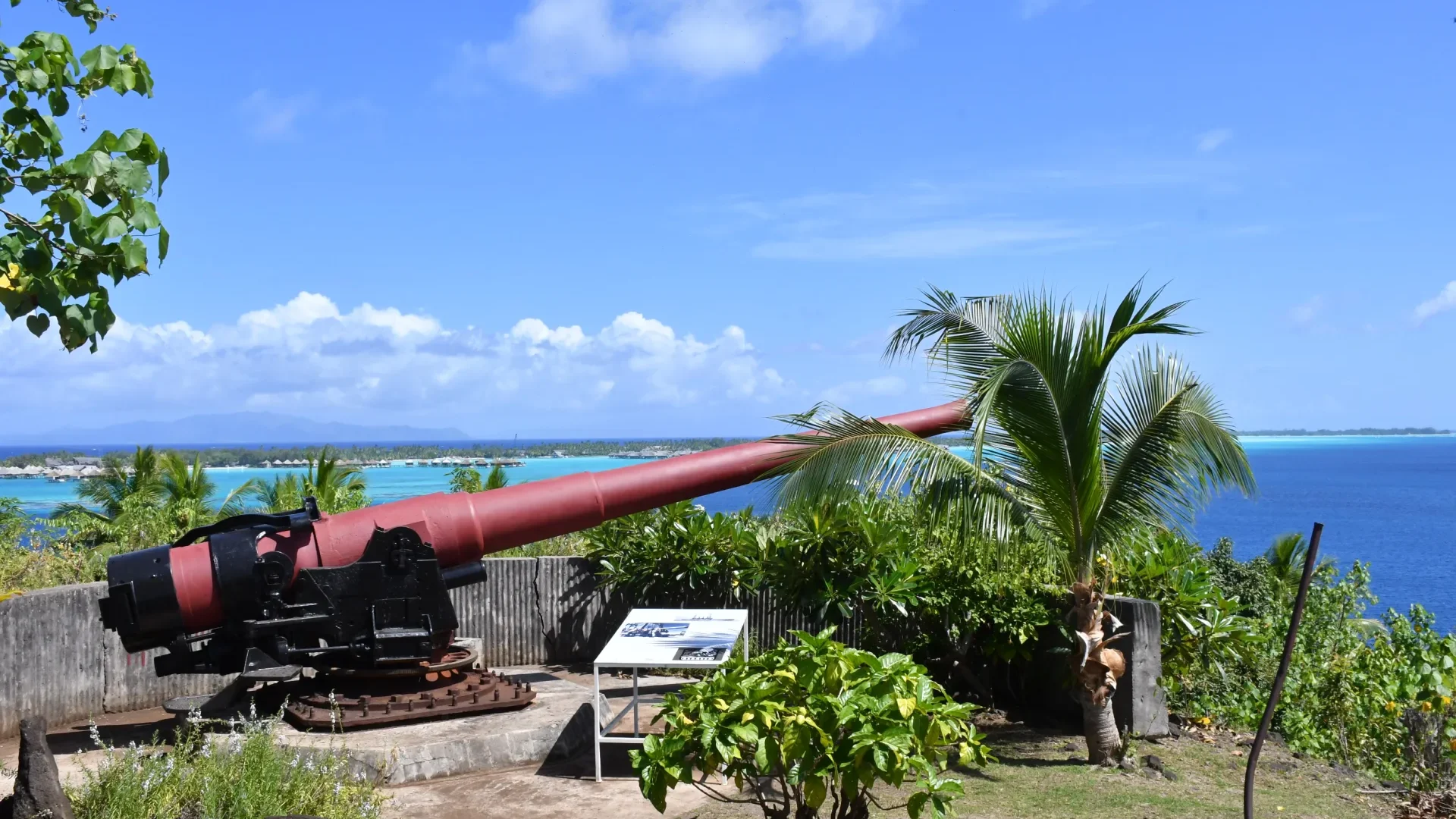









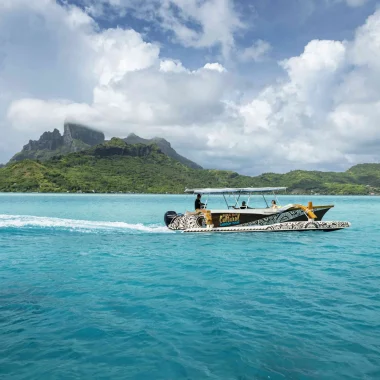
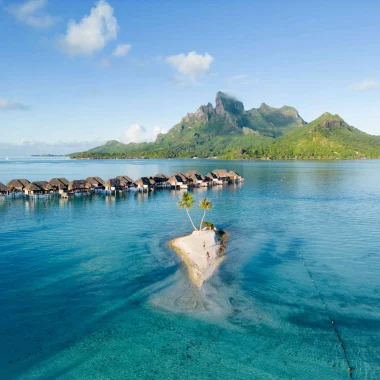
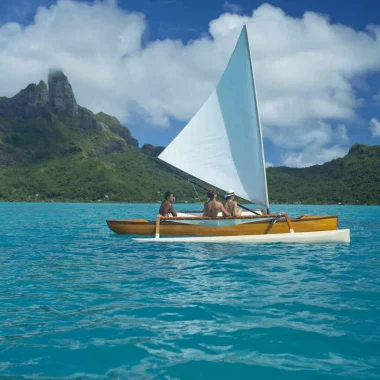
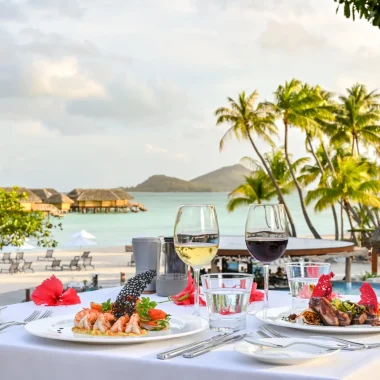
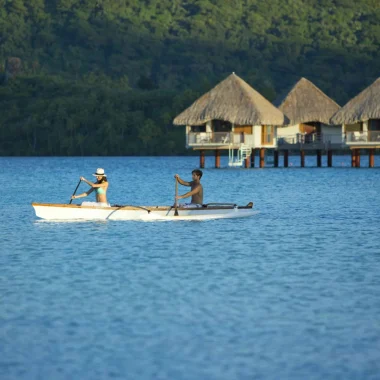
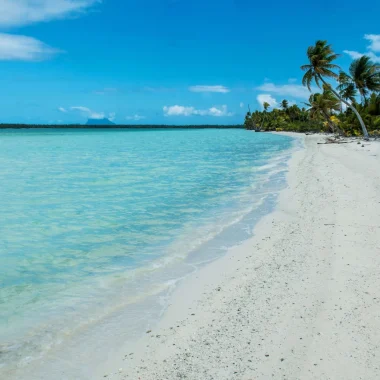
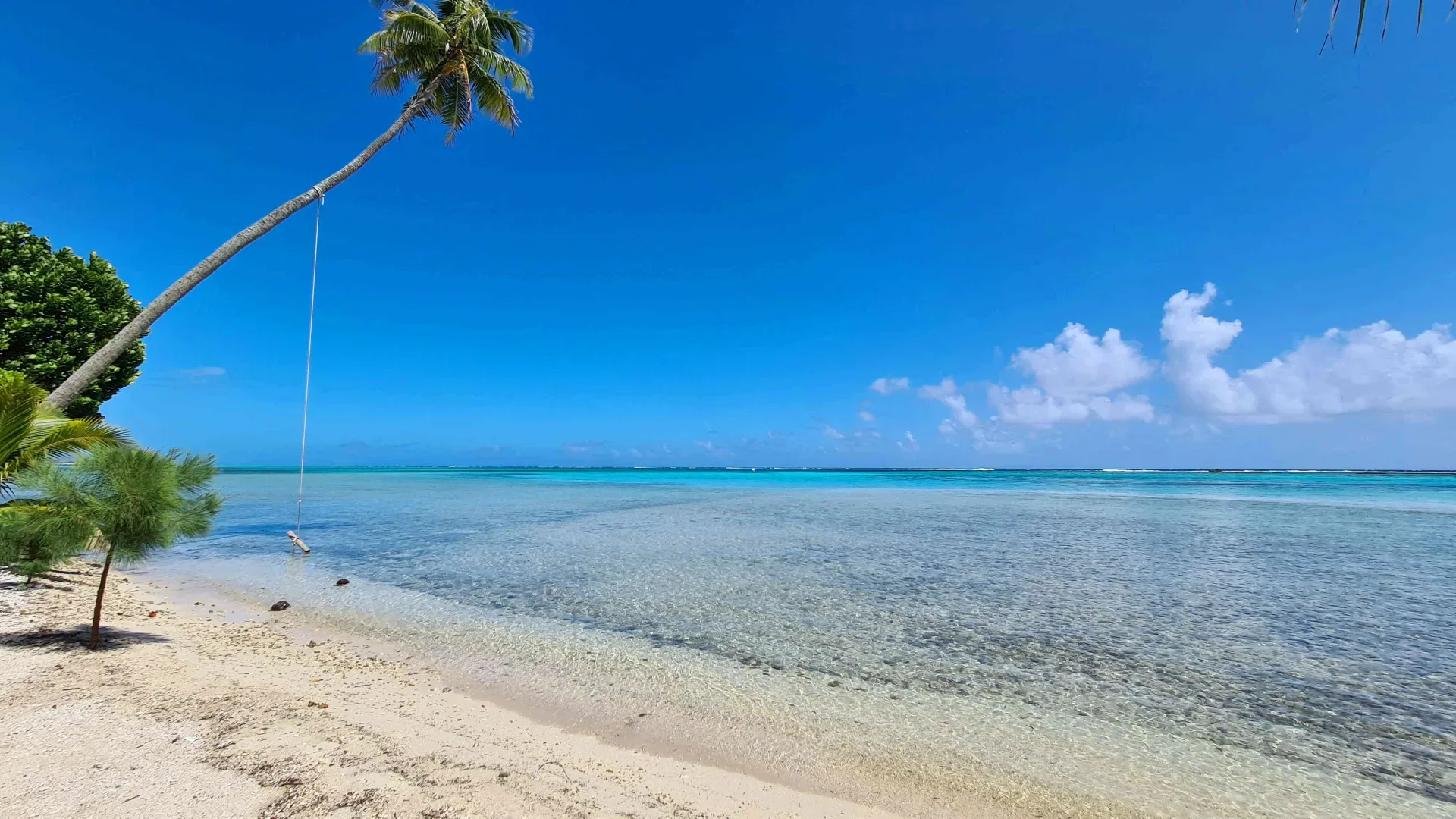
 Australia
Australia
 Belgique
Belgique
 Brasil
Brasil
 Canada (EN)
Canada (EN)
 Canada (FR)
Canada (FR)
 Chile
Chile
 Deutschland
Deutschland
 España
España
 France
France
 Italia
Italia
 Mexico
Mexico
 Polynésie française
Polynésie française
 New Zealand
New Zealand
 Schweizerisch (DE)
Schweizerisch (DE)
 Suisse (FR)
Suisse (FR)
 United Kingdom
United Kingdom
 United States
United States
 한국
한국
 中国
中国
 日本
日本